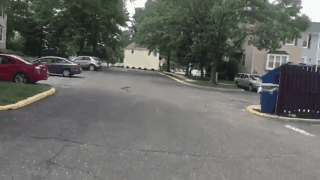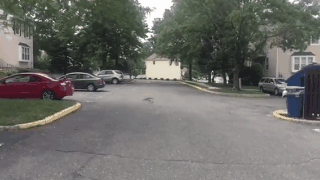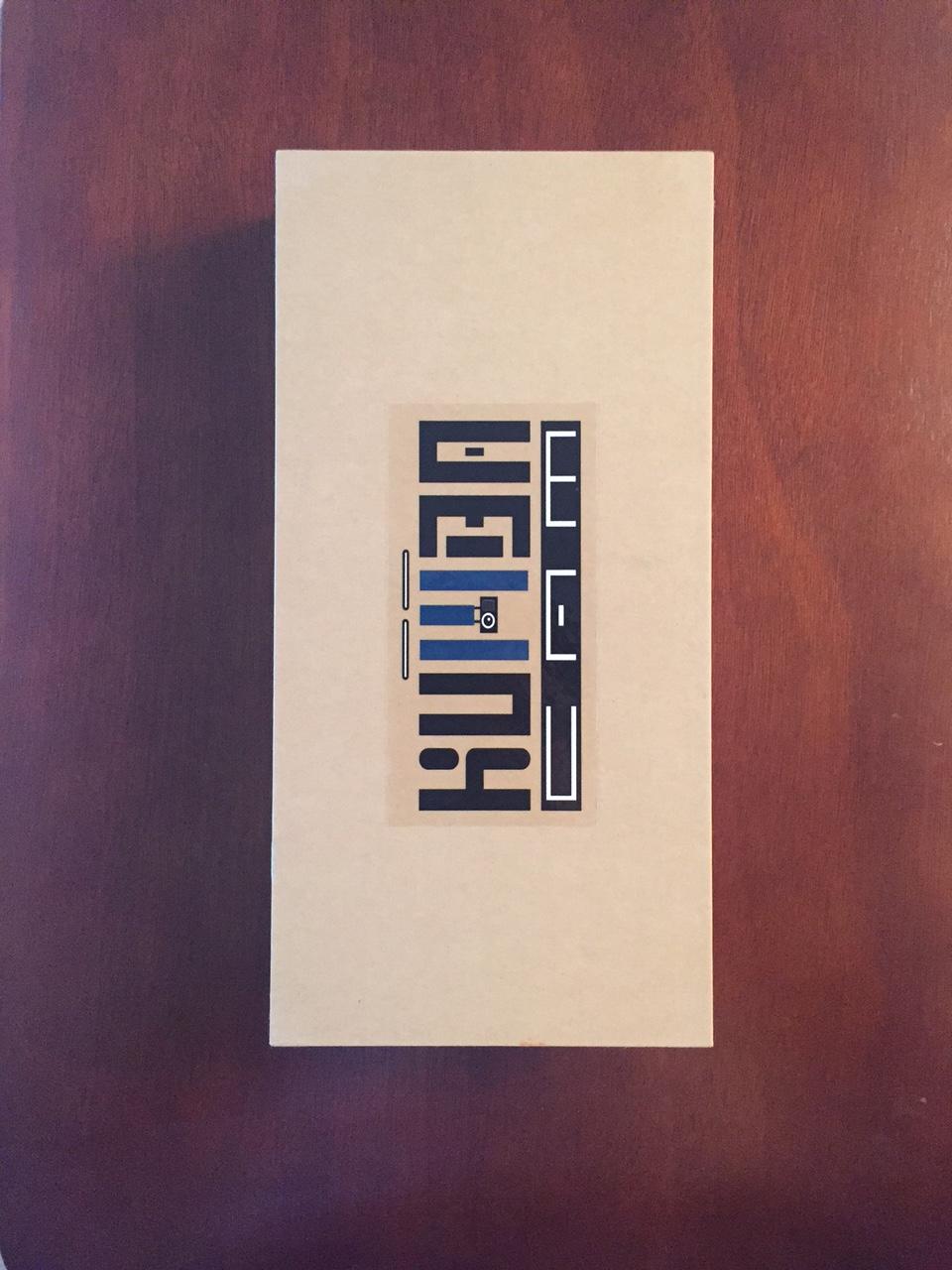KumbaCam 3rd Generation Smartphone Stabilizer Review
Imagine running down the street while filming on your smartphone.
Your phone would be bounce around like crazy and your footage would reflect that. Depending upon your running speed, your footage could vary from distractingly shaky to outright unwatchable. But strap your phone into an iPhone gimbal or smartphone stabilizer and it will counterbalance every step you take, making the footage look smooth as butter. Don't believe me? See for yourself.
You just saw me running without the smartphone stabilizer.

Now here I am running with the KumbaCam smartphone stabilizer:

Once upon a time consumers had to spend big bucks on expensive cameras if they wanted to record high-quality video. Not anymore. With the advent of smartphones, anyone can record high-quality video right on their phone. Want a 12 megapixel sensor? Check. How about an ultra HD 4k resolution? Got it. Better glass and faster processors? Done.
Thanks to the smartphone, high-quality videography has become accessible.
Nowadays, anyone can shoot high-quality footage with a few swipes and clicks. It's that simple. But it doesn't make the footage watchable. It's not even about the camera anymore. It's about the camera operator. And if there's one factor that separates amateurs who shoot unwatchable footage and the pros who don't, it's stabilization. Nothing is more distracting to a viewer than shaky footage.
Sure, post-production software can help (Reel Steady is a noteworthy mention) but when it comes to stabilization, prevention beats correction any day. Especially for smartphone users.
A selfie-stick (i.e., monopod) can help, but not much. For smartphone users, a selfie-stick is too stationary. Yeah, it's great if you're standing still for a shot but not if you're in motion. For that you need a device that's more dynamic. Otherwise your phone will need to be adjusted every few seconds.
The nice thing about a smartphone stabilizer is your device won't bounce around nor be locked in a rigged position for action shots. It's a dynamic piece of equipment that's engineered to keep your phone perfectly stable, no matter how you're moving.
Whether you tilt it left, right, forward or backward, it will aim the same. KumbaCam does this with it's new KumbaCam 3rd Generation Smartphone Stabilizer. KumbaCam calls it a "selfie-stick on steroids" but I disagree with that label. It underscores just how smart and sophisticated their rig really is.
Another reason why I hate the selfie-stick comparison? Because most of them are cheaply made.
Insert the KumbaCam 3rd generation iPhone gimbal and smartphone stabilizer.

Even the packaging is high-quality. Just look at the picture of the box above.
The construction on this 12" stabilizer, from the buttons on the handle all the way up to the rotating joints, revolving metal head and phone cradle, is solid. The retractable smartphone clamp will hold any device up to 7" in length without making you nervous while you're on the move.
I can't say the same about a gas station selfie-stick. Each unit also comes with a counterweight to accommodate smartphones on the heavier side or ones with cases. Inside the box is everything you need to get started:
One 50g counterweight to balance out heavier devices
One rechargeable 3.7V battery
One micro USB cord for recharging
And of course, the KumbaCam 3rd Generation Smartphone Stabilizer

As for the batteries, KumbaCam says they will last anywhere from 3-7 hours before needing a recharge. The number varies depending upon the weight of your smartphone and the intensity of use. In my case, I was able to get several hours of shooting using my iPhone 6. These hours were spread over the course of several days, all right out of the box with the factory charge.
Aside from the construction, I also liked the shooting modes. When you first turn the unit on it's in default mode. Default mode allows you to pan left and right. Mode 2, which you access by tapping the center button twice, allows controlled pan and tilt (left, right or up, down).
My favorite mode is Mode 1. You can access that by tapping the center button once. This locks the camera position so that however you shift the device, it focuses on forward.
This is especially useful for interviews or front-facing camera shots. This sophistication doesn't come cheap however. At $349 bucks, it better not be a selfie-stick. But that's exactly the point. For anyone looking to take their smartphone videos to the next level, this is an essential tool.
Grab it off Amazon here.
